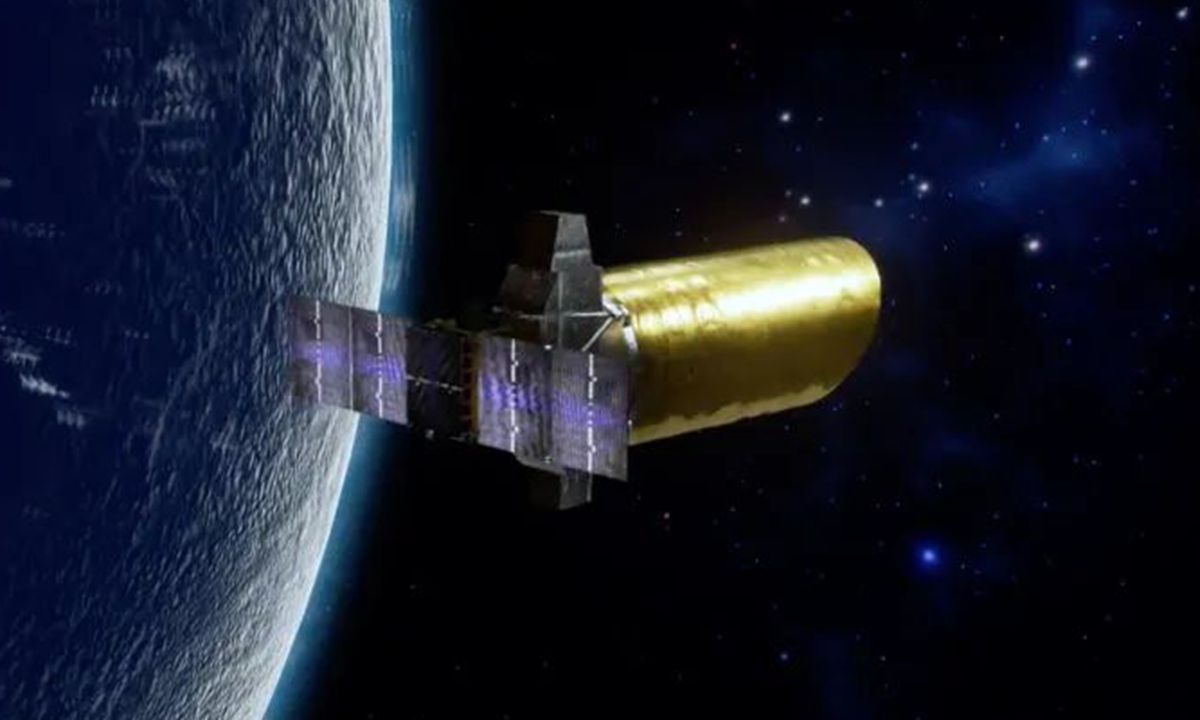Humanity is struggling to use its achievements in science and technology to discover life on distant planets. For now – unsuccessfully. But China is offering a new way to search for alien worlds in nearby planetary systems. Scientists from the Celestial Empire suggested looking for them next to wobbling stars.

The mission was named Closeby Habitable Exoplanet Survey (CHES). Chinese scientists will use the method of ultraprecise measurements of the position and movement of stars. More accurate measurements will allow them to estimate the masses of exoplanets and the distance at which they orbit their stars. From these data, it is possible to determine the potential of their habitability by living organisms. The European Space Agency’s Gaia Space Telescope uses the same method to create a three-dimensional map of a billion stars in the Milky Way.
The spacecraft will target 100 sun-like stars within 33 light-years of Earth, and will be able to detect potentially Earth-like planets in habitable zones around these stars. CHES is located at the L2 Lagrange point about 1.5 million kilometers from Earth, where GAIA and the James Webb Space Telescope are currently operating.
The Chinese mission will compete with the Shanghai Astronomical Observatory. Their “Earth 2.0” mission will use a transit method to monitor 1.2 million dwarf stars in an attempt to detect exoplanets to narrow down the search for potential Earth twins.
Now European and American missions use spacecraft like NASA’s Transiting Exoplanet Survey Satellite to search for planets by the transit method, which looks for sudden drops in the luminosity of stars when a planet begins to pass through their disk. However, this method requires that the planets rotate along the edge of the orbit, relative to the observer.
Previously, scientists have suggested that alien civilizations can colonize the Galaxy without interstellar spacecraft.
According to Space
Follow us on Twitter to get the most interesting space news in time
https://twitter.com/ust_magazine

